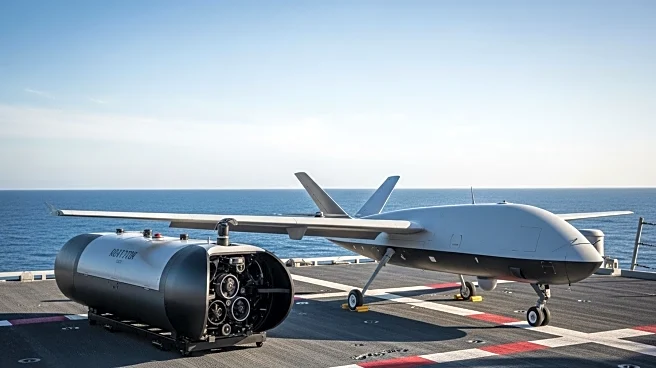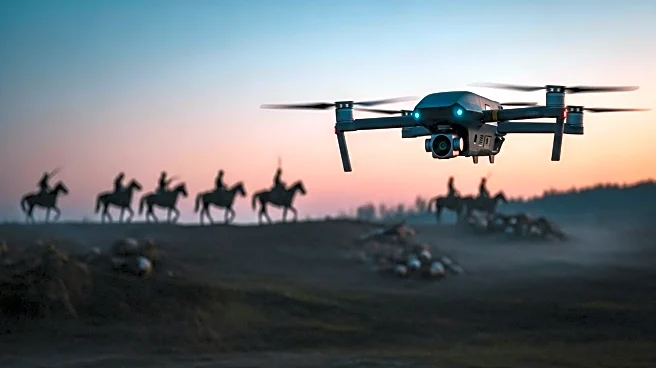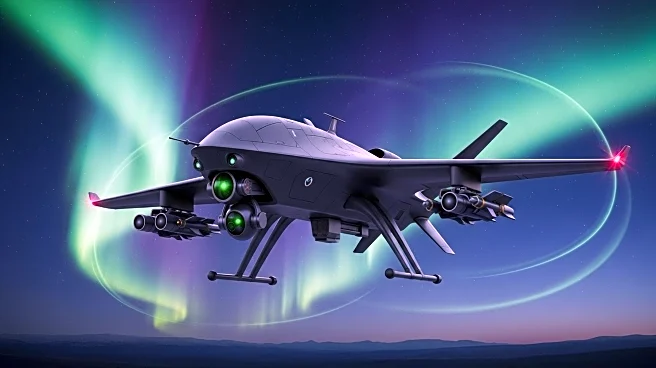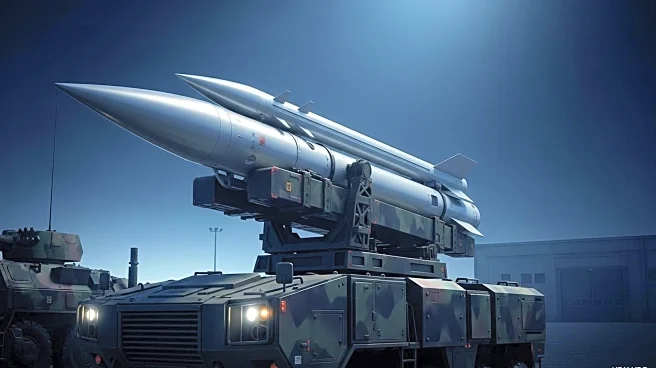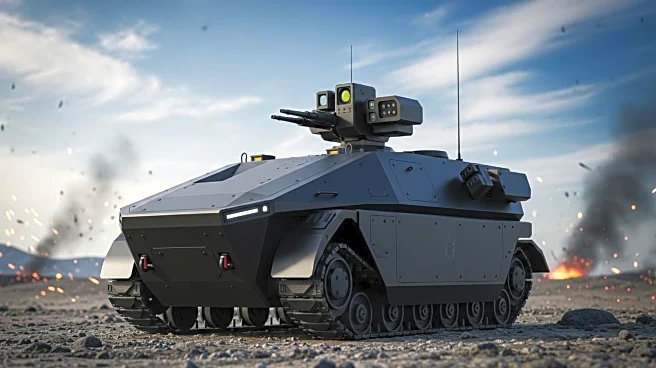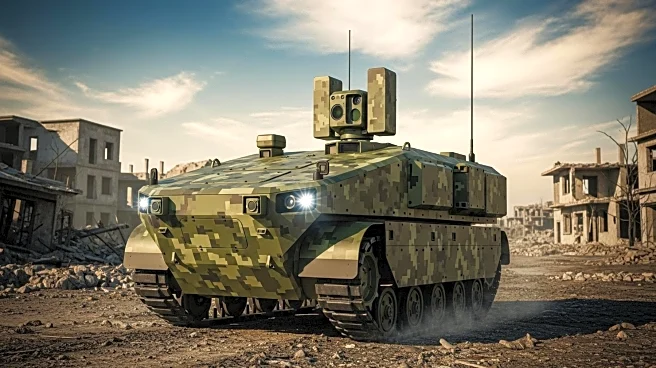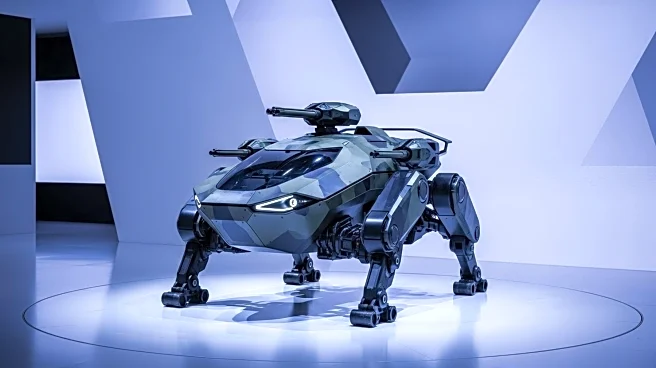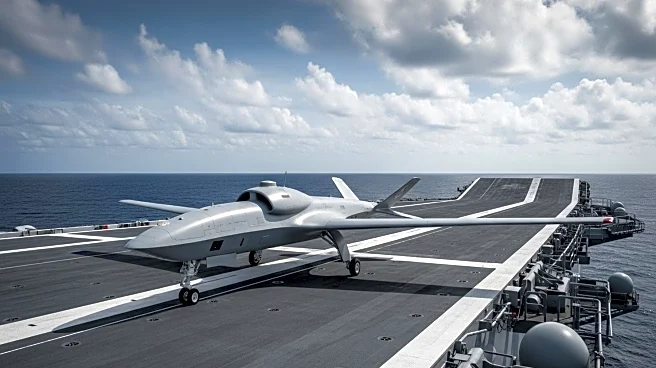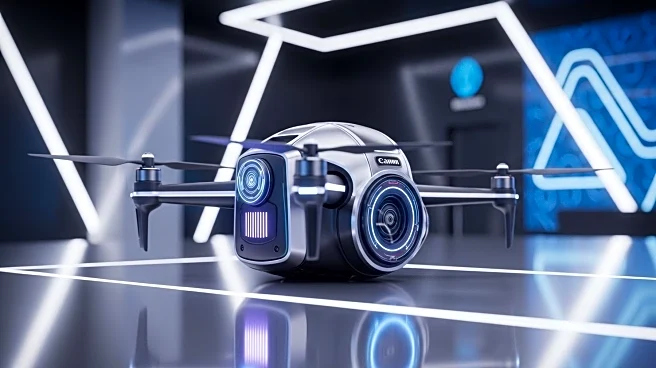What's Happening?
The US Navy has successfully deployed unmanned systems, including the Global Autonomous Reconnaissance Craft (GARC), during the UNITAS 25 exercise. This multinational event focused on integrating autonomous and robotic systems into a hybrid fleet alongside manned platforms. Rear Admiral Carlos Sardiello emphasized the challenges of coordinating these systems, noting their low signature and potential conflicts with conventional platforms. The exercise aimed to advance the development of a hybrid fleet, leveraging autonomous technologies to enhance maritime capabilities.
Why It's Important?
The integration of unmanned systems into naval operations represents a significant evolution in military strategy, offering enhanced surveillance, reconnaissance, and operational efficiency. This development is crucial for maintaining strategic advantages in maritime conflicts and adapting to the changing nature of warfare. The successful deployment of these systems during UNITAS 25 underscores the importance of technological innovation in defense strategies, potentially influencing future naval operations and defense policies.
What's Next?
The lessons learned from UNITAS 25 will be applied to further develop the hybrid fleet, focusing on the integration of autonomous systems with conventional maritime power. The US Navy will continue to explore the capabilities of unmanned systems, aiming to operate at the 'speed of decision' and outpace adversaries. Future exercises and deployments will likely focus on refining these technologies and addressing any operational challenges.
Beyond the Headlines
The use of autonomous systems in naval operations raises ethical and strategic considerations, including the balance between human oversight and machine autonomy. The evolution of military technology may lead to shifts in defense policies and international security dynamics, influencing global military strategies.

